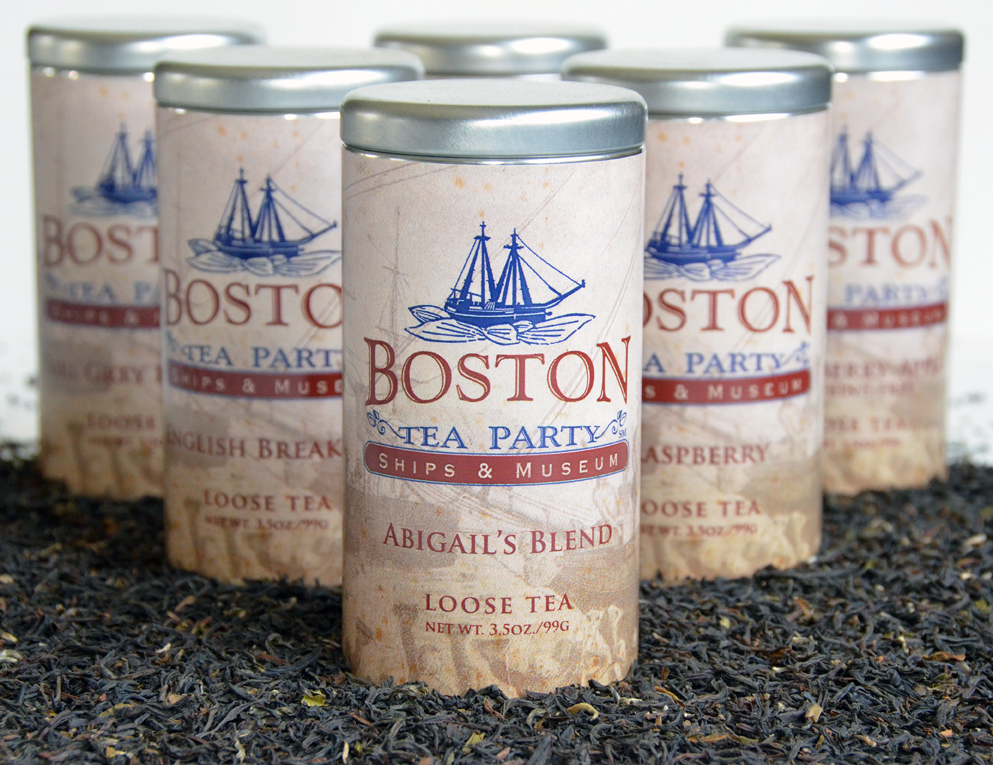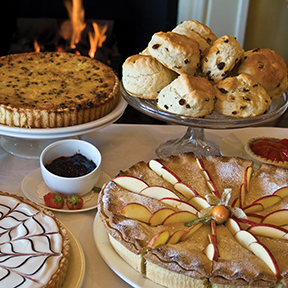Some decisions came quickly. All the East India Company teas tossed overboard on December 16, 1773 were three or four years old by the time they arrived in the Boston. That was one stale characteristic I chose not to emulate!
I could have started with either green or black teas because the three ships carried both. But black tea seemed the obvious choice as it would be the most familiar to our international audience. The East India Company teas originated in China rather than India. (Commercial tea operations would not begin in India until the next century.) An earthy Chinese black tea base immediately appealed to my tastes and that’s where I began building my palette of tea colors.
Chinese black teas often need to be tempered for a contemporary audience raised on Lipton or Luzianne. I added a bit of Nilgiri India tea to lighten the profile, and small amounts of Kenyan and Assam India teas were included to give those breakfast tea notes our British guests would recognize. It took three months and four adaptations to get the recipe just right for my clients. Teas were sourced, labels designed, packages printed and, in record time, Abigail’s Blend – as in Abigail Adams – went into full production for the museum opening.
On the day the Abigail’s Blend was being packaged in my Kentucky operation, I slipped away for a quick lunch at a neighborhood chain restaurant. At the beverage station, a shiny new self-service tea dispenser was lit up with four buttons offering iced tea, sweetened tea, raspberry tea, and peach white tea. The tea company’s logo touted “Enjoy the taste of real tea.”
They should have been sued for tea malpractice! The electronic contraption only succeeded in artificially flavoring cold water to make it undrinkable.
Most restaurant suppliers would scoff at the time and effort I put into making the Boston tea experience as authentic as possible. After all, a couple of high tech tea dispensers spewing out artificially sweetened flavored water would have been just fine for most folks.
But this is the chance of a lifetime for a tea blender. I want to get it right, and maybe remind visitors of the oft-neglected taste of real tea.
And if the guests at Abigail’s Tea Room are disappointed, I only hope they don’t toss the tea blender overboard!


